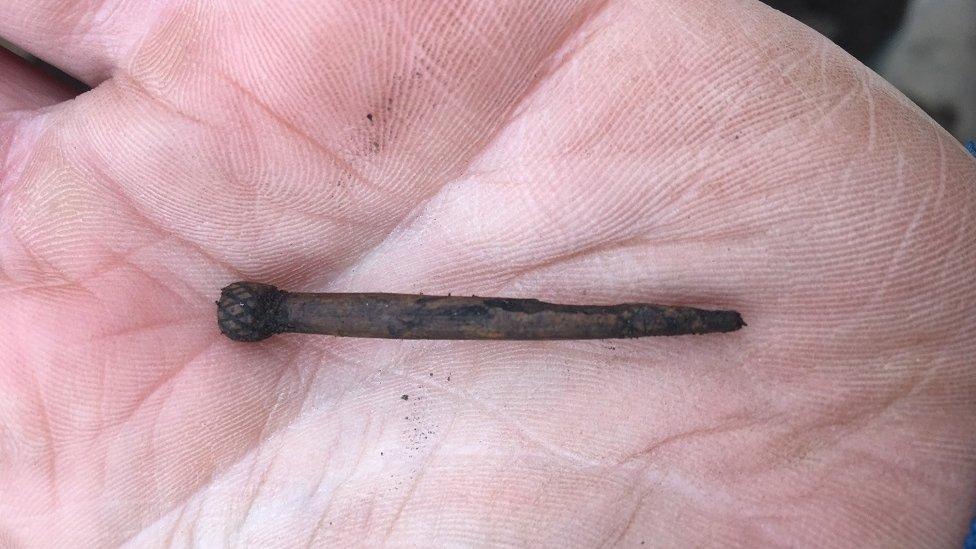WW2 camera used to photograph dig near ancient fort
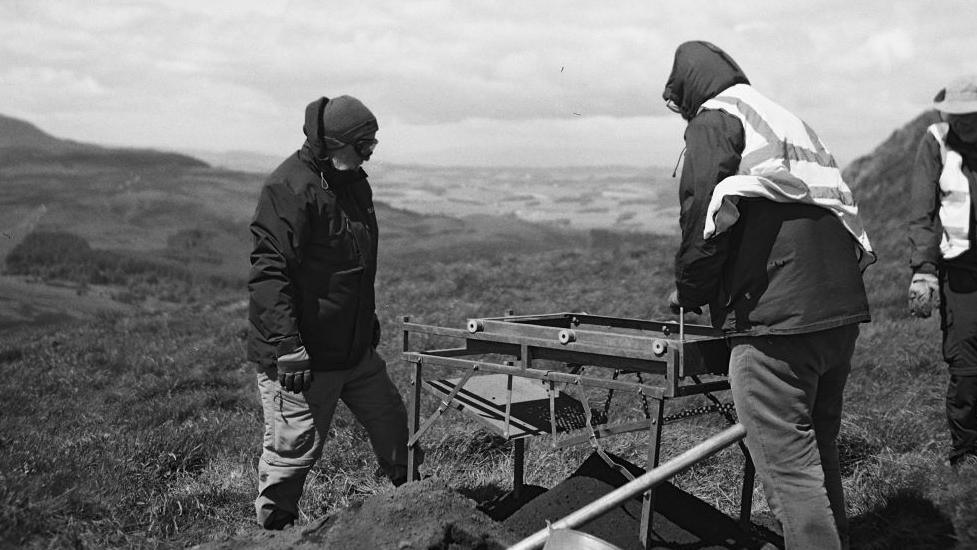
Archaeologists sieve soil at East Lomond in one of the images taken by Terry Sommer
- Published
A camera that belonged to a US serviceman during World War Two has been used to record an archaeological excavation in Fife.
East Lomond hill, near Falkland, is the site of an ancient fort.
Since 2022 archaeologists have been excavating a major settlement dating back to the Roman Iron Age and Pictish times on the southern slopes of the hill.
Terry Sommer, an undergraduate student from California who is studying in Scotland, documented this summer's investigations in black and white photographs using a 90-year-old camera that used to belong to her grandfather.

Archaeologists have been investigating a site on the southern slopes since 2022
"He brought it with him during his service in World War Two," she said.
"He served as a medic in the US Navy and was stationed at a hospital in China."
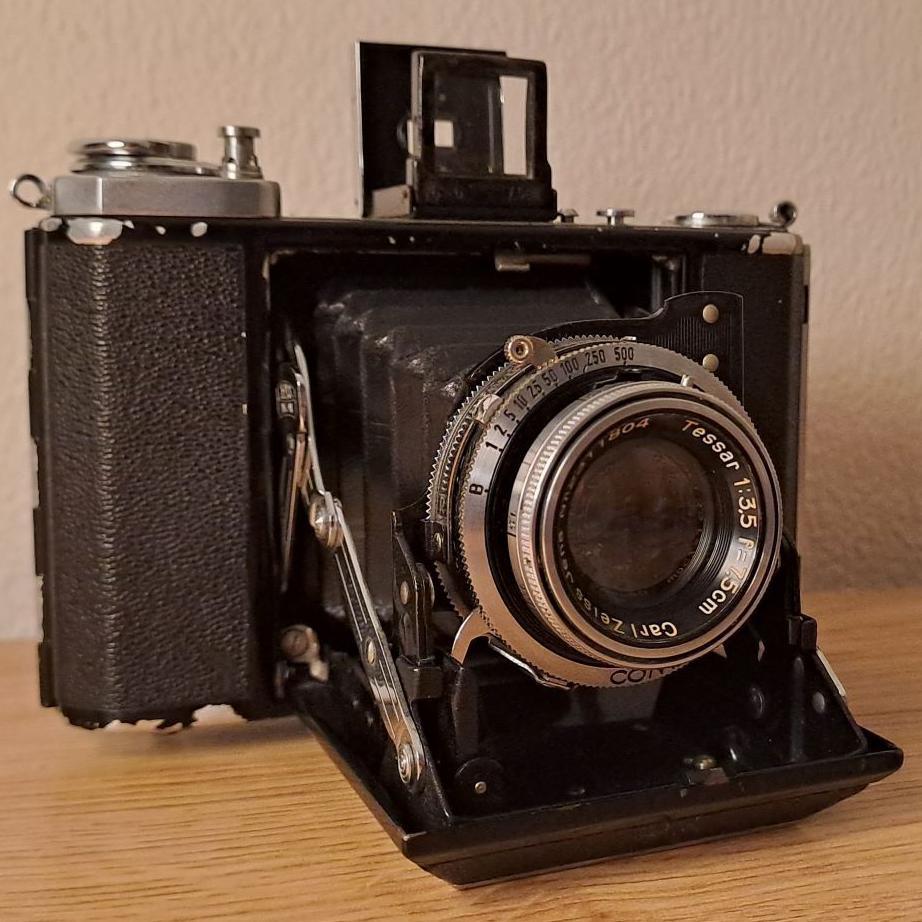
The 1930s camera belonged to Terry's grandfather
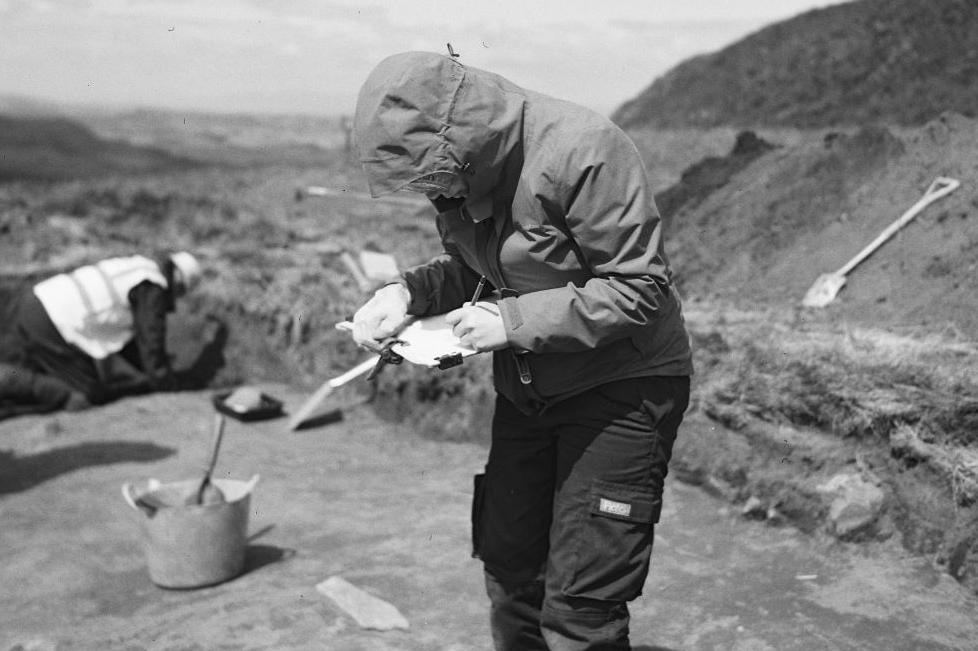
Terry came across the 1930s Zeiss Ikon Ikonta 521/16 two years ago.
The shutter button was stuck but she was able to have it repaired at a shop in Edinburgh.
She brought the camera to the slopes of East Lomond.
"I wanted to document different aspects of the site: the people working on the site, the tools, the various types of recording taking place, and parts of the site itself," she said.
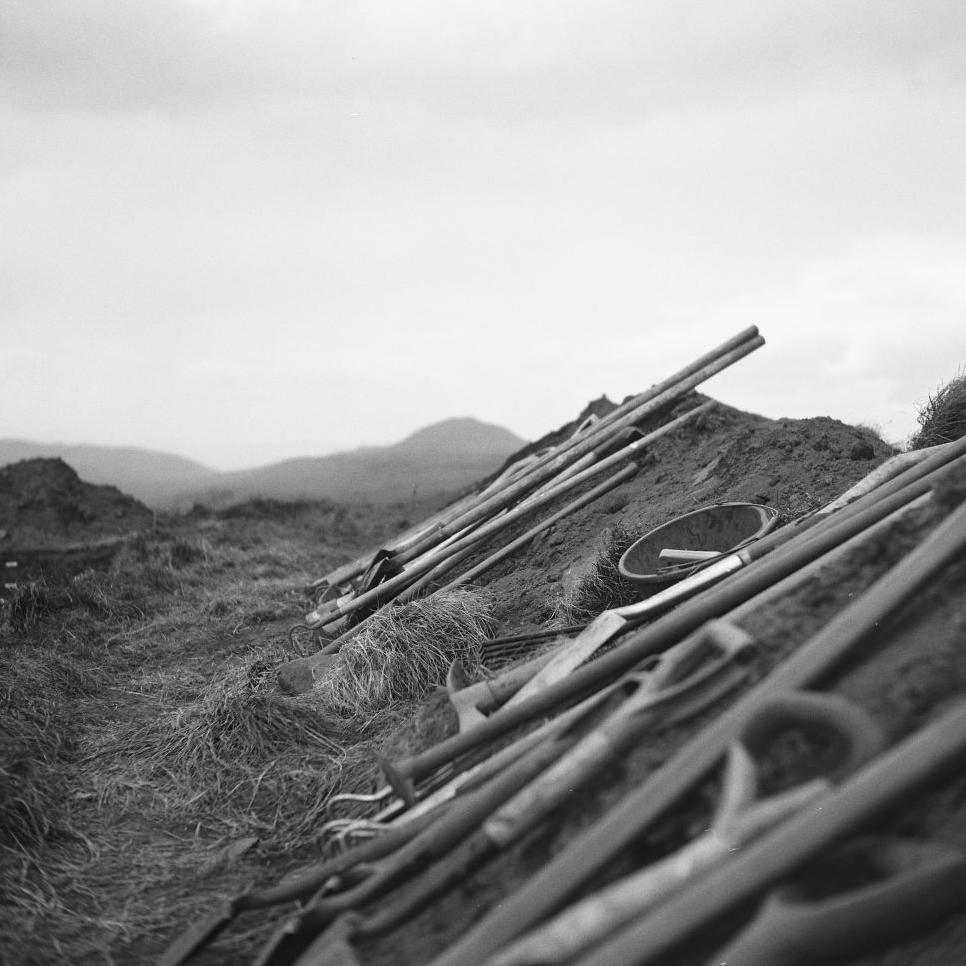
Tools laid out at the archaeological site
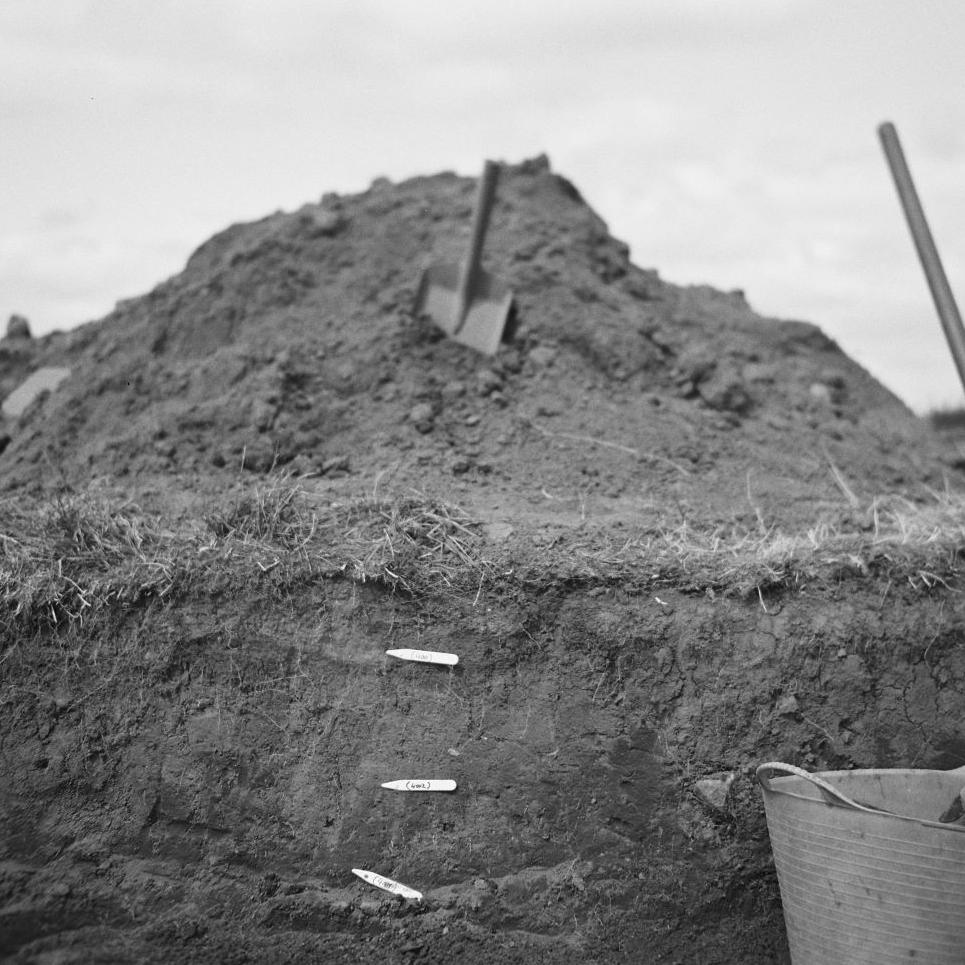
Among the latest finds were hearths, fires built for heating, cooking or metalworking.
Terry said: "I was able to photograph the process of my friend and myself excavating one of the hearths."

One of the stone hearths uncovered at the site
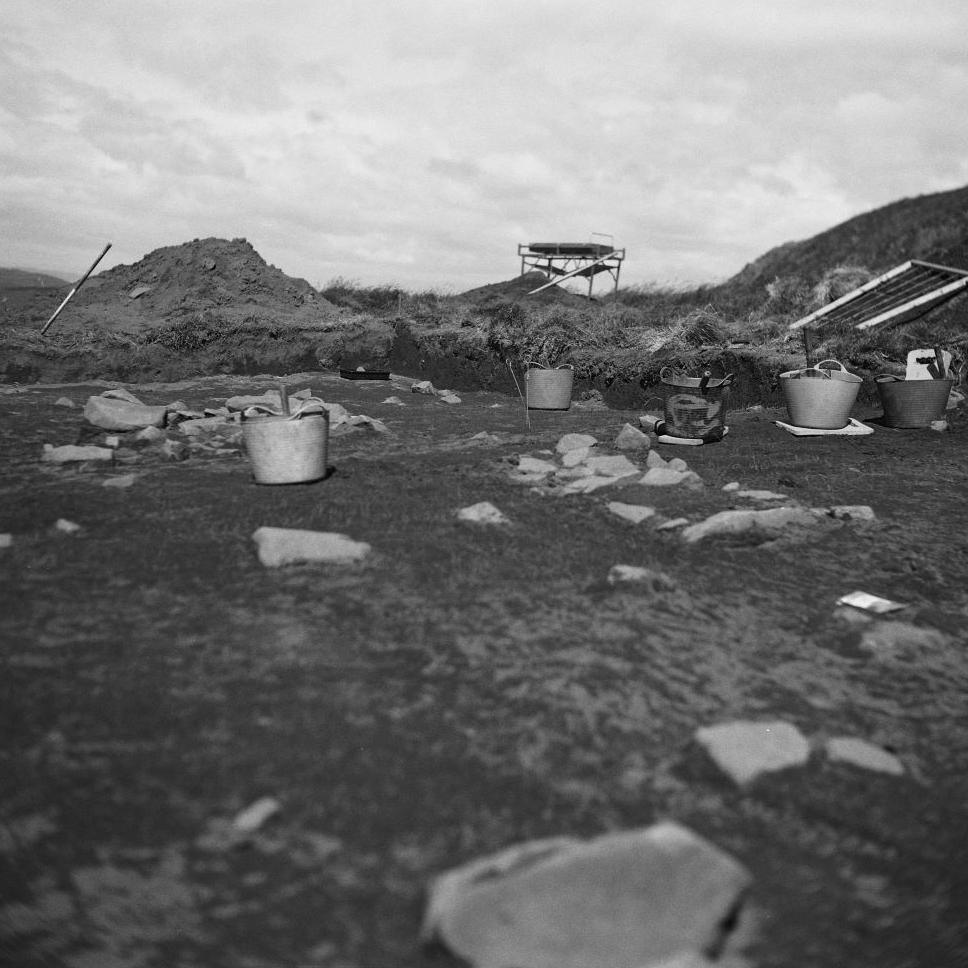
University of Aberdeen has been working with Falkland Stewardship Trust to investigate the archaeology of East Lomond.
Prof Gordon Noble said the hill was crowned by a spectacular multi-phase fort with a series of lower defences.
Excavations and a series of earlier projects have revealed an extensive settlement of five acres (2ha) on the southern side of the fort.
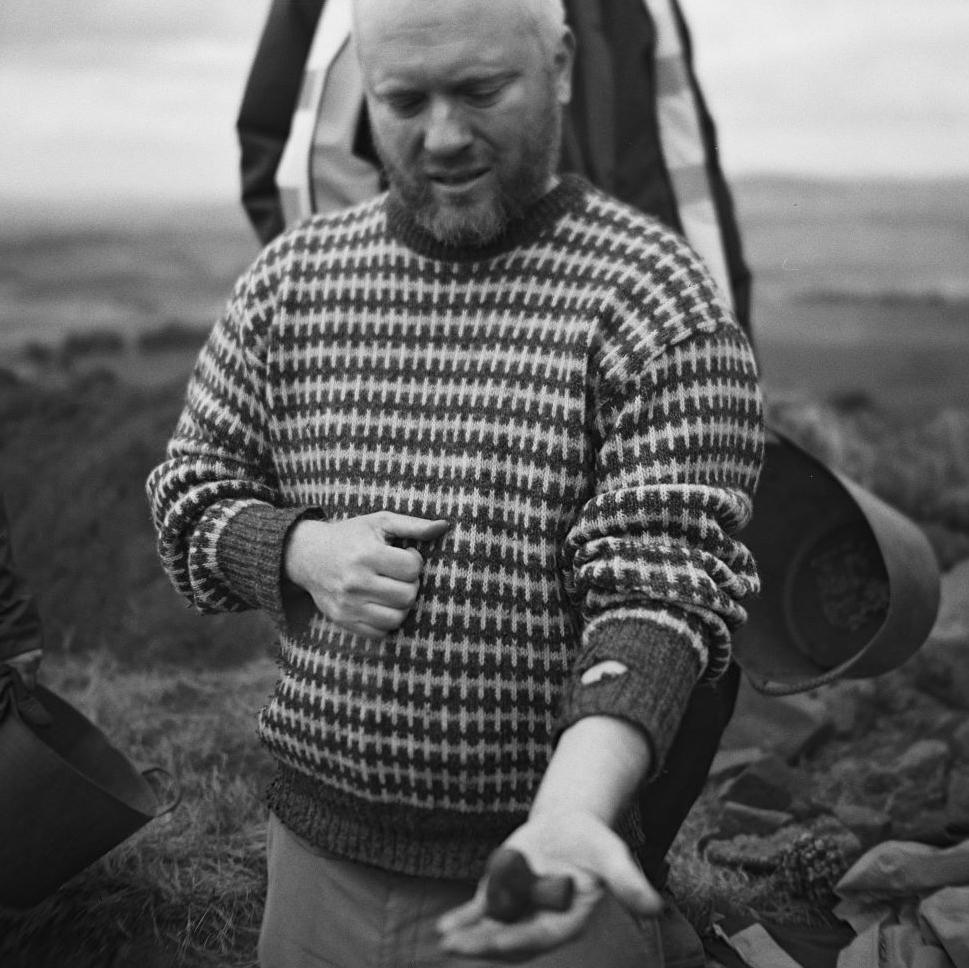
Archaeologists have made a number of finds
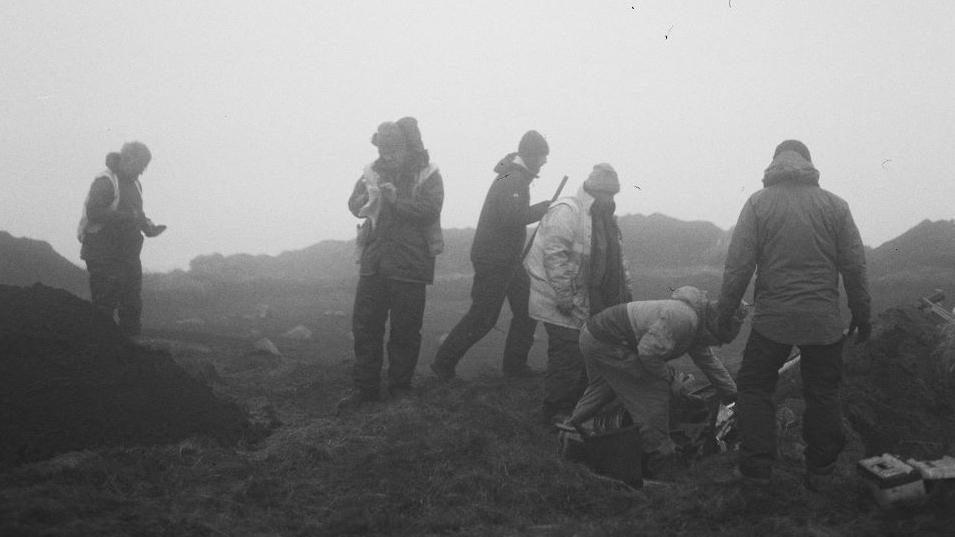
A misty day at East Lomond
Prof Noble said: "The excavations undertaken by University of Aberdeen staff, students and local volunteers organised by the trust have uncovered dozens of hearths of late Roman Iron Age and Pictish dwellings."
He said there were also areas of metalworking and hundreds of artefacts including weaponry, crucibles, pottery and gaming pieces.
He added: "The research aims to illuminate the role of this hillfort at the time of the Roman occupation of southern Britain and the role of the settlement and fort as the Pictish kingdoms developed."
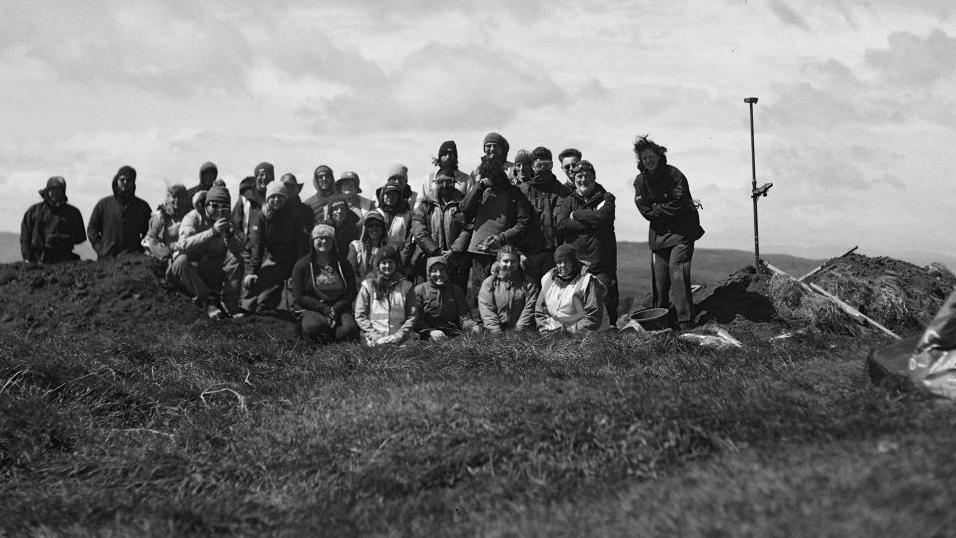
Related topics
- Published2 November 2021
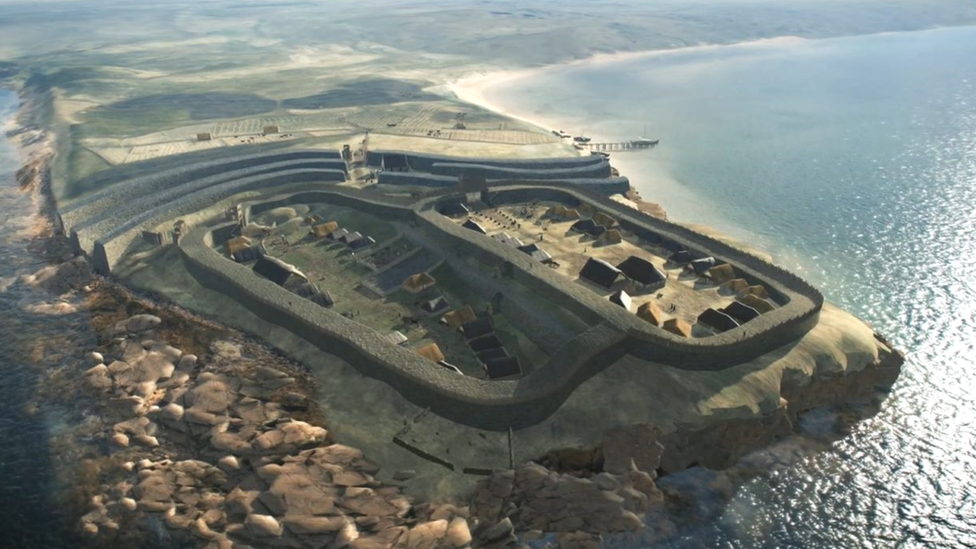
- Published30 May 2018
